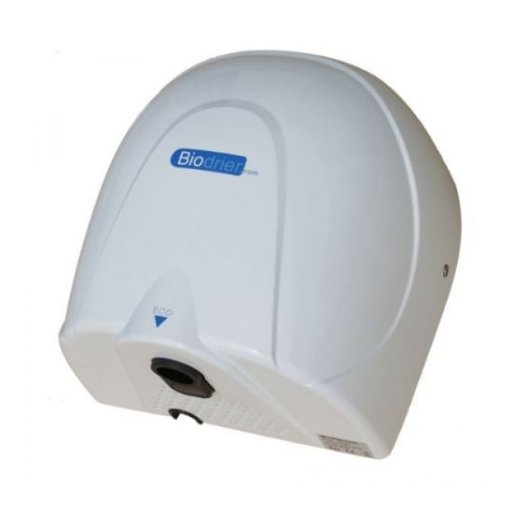Your Guide To Hand Dryer Maintenance & Troubleshooting
Hand Dryer Maintenance Guide
If you’re reading this guide, then you’re probably the proud owner of a hand dryer (and if not, you should check out our hand dryer buyer’s guide). On the whole, hand dryers are very reliable and will last for years without malfunctioning - but when they do go wrong, it can be difficult to tell exactly why.
In this guide, we’ll cover some of the most common reasons for hand dryer breakdown and show you how they can be overcome.
Hand dryer maintenance
One important but often overlooked aspect of hand dryer maintenance is cleaning of the sensor. Automatic hand dryers like the Dyson Airblade V are operated by an infrared sensor that detects when hands have been placed in front of it - but over time, dirt and debris can build up over the sensor and interfere with its action. Thankfully, all you need to do to avoid this is to periodically wipe the sensor down with a clean, dry cloth.
![]()
Similarly, it pays to regularly clean the air passage of the dryer in order to remove built-up dust and dirt. This buildup can impede the flow of air from the dryer, meaning that it takes a longer time to adequately dry the user’s hands, as well as being less energy efficient.
If your hand dryer comes with dust filters, they should be regularly removed and cleaned.
Troubleshooting
Even with regular care and maintenance, even the best hand dryers can stop working from time to time. With that in mind, here are some common hand dryer malfunctions and how to remedy them:
The airflow is reduced or has stopped altogether
Reduced airflow can have a number of causes. Most hand dryers use a brush motor to provide air; it may be the case that the brushes in the motor have worn down over time.
To determine whether this is the fault, check the expected brush life with the manufacturer - or alternatively, inspect the brushes visually. If they do not make contact with the rotator, or the connection is very light, then it’s time for new brushes. Thankfully, new brushes are inexpensive and easy to replace.
Most brushes will continue to work well for at least 100,000 cycles - even in the cheapest hand dryers - so unless the unit is fairly old, the fault is probably being caused by something else.
Sometimes dust and debris can enter the hand dryer and interfere with any moving parts, as well as electrical connections. Hand dryers with brushless digital motors are especially prone to dust buildup.
First, disconnect the dryer and dust around any moving parts to dislodge debris. If that doesn’t work, then remove the cover of the dryer and carefully dust the interior. If you’re not confident in doing this, then consult the manufacturer or call in a qualified electrician.
The hand dryer is not generating heat
Many modern dryers are manufactured with energy efficiency in mind, and so come with a option of using a heated or unheated air flow; your first port of call should be to check that the heated airflow is activated (if a heated airflow is desired, of course).
Occasionally, the connection between the heater element and the circuit board can loosen or detach; if this is the case, the connection will have to be resoldered. If it is an older hand dryer, the heating element may have failed, and will need to be replaced.
The hand dryer is making a rattling noise
Most hand dryer motors use springs to ensure that the brushes make a sound electrical contact with the commutator - but if they are not at the correct tension, they can move around and make a racket.
If the tension of the springs is adequate, then another component in the dryer may have become loose and started brushing against the motor.
The dryer is powered but won’t activate
If your dryer won’t operate despite being connected to the mains, it may be that the sensor is faulty. First, wipe down the sensor and ensure that it is not covered with dust or dirt. If this doesn’t solve the problem, you may need to purchase a new sensor.
Electrical component failure
If your sensor is brand new, then it may be that an electrical component within the dryer has failed. To check whether this is the case, open the cover of the hand dryer and inspect the circuit board - if any of the components looked damaged (i.e. blackened or molten), then that component will need to be replaced by a competent electrician.
-
Posted by Paul Thorn
30th August 2018

 UK's Largest Stockholding
UK's Largest Stockholding Next Day Delivery Available
Next Day Delivery Available UK Mainland Delivery from £15
UK Mainland Delivery from £15 Minimum 1 Year Guarantee
Minimum 1 Year Guarantee